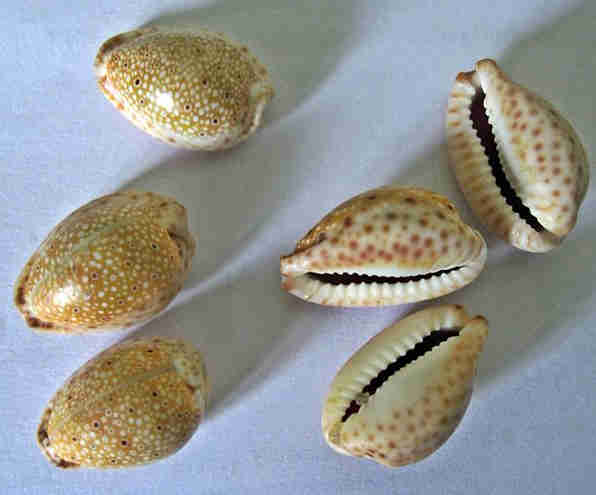| Binary - Older Than You Think |
| Written by Mike James | |||
| Tuesday, 17 December 2013 | |||
|
Binary is the number system of the computer age, so it is a big surprise to learn that it's more than 600 years old and was used by Polynesians as part of their counting system.
Credit:Sodabottle You can do arithmetic in any base you care to choose. Humans tend to prefer a base 10 system presumably because this is what you get when you start by counting on your fingers. After you get to the tenth finger you have to remember one group of ten and start counting on your fingers all over again. Base ten or decimal is a great system for writing down numbers but it doesn't make arithmetic as easy as in binary. In binary the multiplication tables are just 0x0=0 which should be compared to the tables we all have to learn at school. The big problem with binary is that it doesn't make writing numbers easy - for example 7 is 111 and so on. Ease of implementing arithmetic and the natural way binary can be stored in a two state memory makes it the best thing to use for computer arithmetic but it was invented long before the computer. The mathematician Gottfried Leibniz knew about number bases and had worked out that binary had advantages back in 1703 some 300 years ago. Now it seems that we can push back that date when binary-like systems were used another 300 years earlier on the Pacific island of Mangareva. It is "binary like" because it is very unlikely that anyone would invent pure binary counting for simple tasks. You would have to count zero, one, one lot of two, one lot of two and one, two lots of two and so on. You just don't seem to get enough done in the early stages of counting. There is lots of evidence that groupings of two have been important much earlier than the Mangareva counting system - the I Ching for example that was the inspiration for Liebniz's interest in binary. The Mangareva people however took another option. As well as pure base systems you can count in mixed base. For example the old UK monetary system used base 12 and 20 - 12 pence to a shilling and 20 shillings to a pound. You can count using different bases for different sizes of number. Andrea Bender and Sieghard Beller of the University of Bergen in Norway have just published a paper (behind a paywall unfortunately) that explains how the Mangareva counted using a mixed 10 and 2 base system. They had words for values from 1 to 10 but after this groupings of powers of 2 are used. For eample takau (K) is 10, paua (P) is 20 and tataua (T) is 40. Thus a number like 70 is TPK and 75 is TPK5. This avoids the problem of "small values" in binary but you still have some simple rules for arithmetic e.g. 2 x K =P and 2 x P =T. It is argued that these rules made doing mental arithmetic easier.
More InformationMangarevan invention of binary steps for easier calculation (paywalled) Related Articles
To be informed about new articles on I Programmer, install the I Programmer Toolbar, subscribe to the RSS feed, follow us on, Twitter, Facebook, Google+ or Linkedin, or sign up for our weekly newsletter.
Comments
or email your comment to: comments@i-programmer.info
|
|||
| Last Updated ( Wednesday, 18 December 2013 ) |


